BRIGHTLOCK
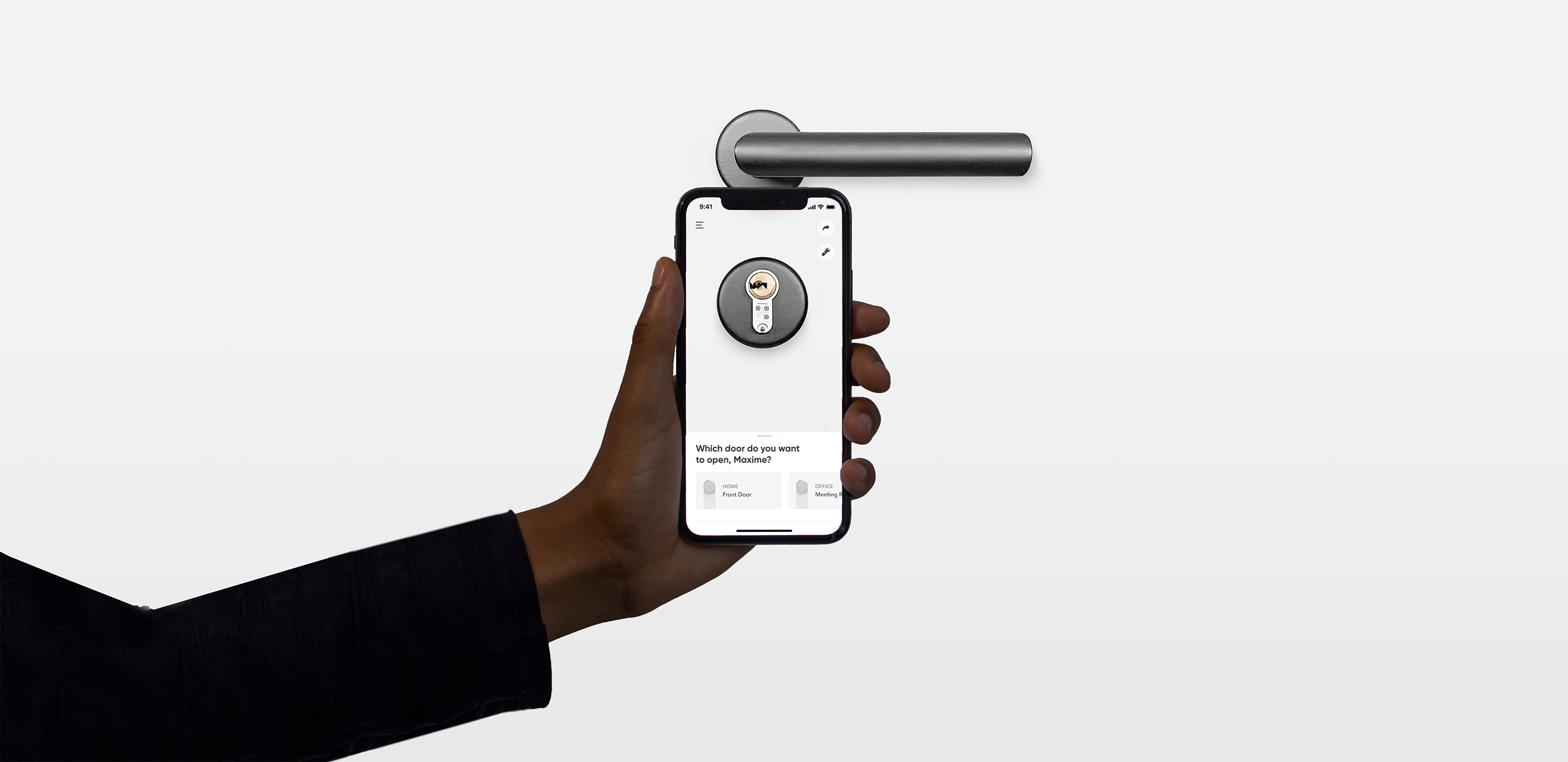
Havr is building the first light-enabled smart lock; it allows users to open doors with a phone flashlight. I met the founders of Havr while in college, and long story short, I ended up leading the design team. At Havr, my mission is to:
1. build the best product among the competition
2. build scalable design systems, processes and frameworks
3. create a user-centric company culture
And as we're building a smart lock, our main interrogation is:

Who will be using our smartlock?
Everyone has keys, which explains why our clients and user base is so large. To better understand our users, we gathered all the information we had collected from clients interviews, shows, and market research. Then we analyzed it all, looking for common behaviors, needs, pain points, or psychographic details.
We managed to find some similarities between 2 types of users :
• the managers: they need to use their key(s) but also control and manage other people who will be using it. They may have lots of keys (sometimes +1000)
• the users: they only use the key(s), and shouldn't be able to control them.

Uncovering their needs
We tested other smartlocks as well as our product (a prototype at that time) with a handful of participants. Our goal was to understand the paint points Users and Managers faced and the opportunities behind them.

"COME ON, LET ME IN!"
Most of the time, opening a door would take more time with a smartlock than with a classic key/lock. Some users would go back to physical keys after just a few days.

"Where is this key?"
In real life, when you have lots of keys, you get organised. Managers wanted to be able to group their keys according to their workflow.

"Wait, how do I share a key?"
Sharing a key is one of the most, if not the most exciting feature for Managers, but none of the users managed to find how to share a key on our competitors' app.
Exploration
Based on these insights, we leveraged Design Thinking and Functional Analysis to explore new solutions. The whole team was involved, and we were able to find areas of improvement on the whole user journey ; from the first contact to the onboarding, the installation, the daily use...
For the past 6 months, we worked on many of these areas, so let's focus on the main challenge here: what's the best way to open doors?
We discovered that a great door unlocking experience was mainly based on the following three attributes. We would not make any compromise on them:
1. Speed
2. Intuitivity
3. Reliability
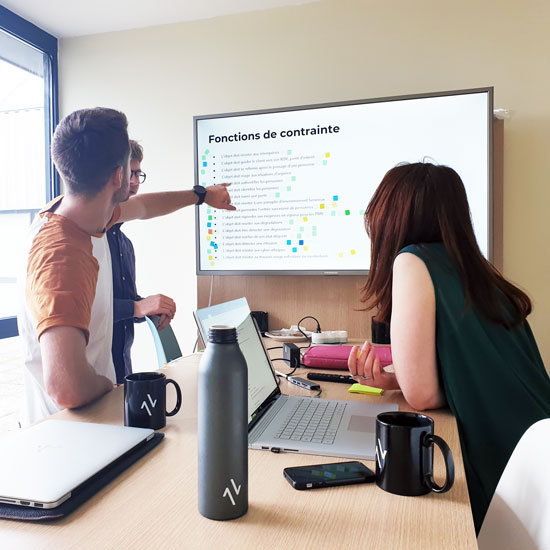
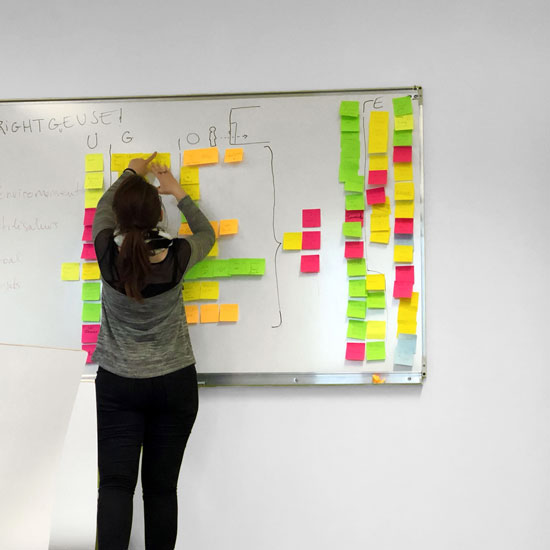
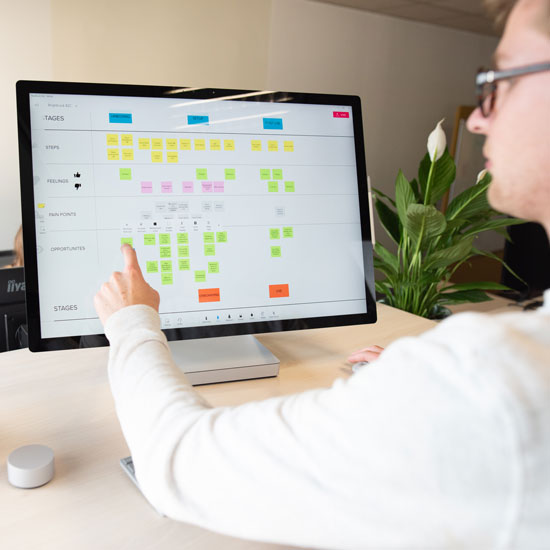
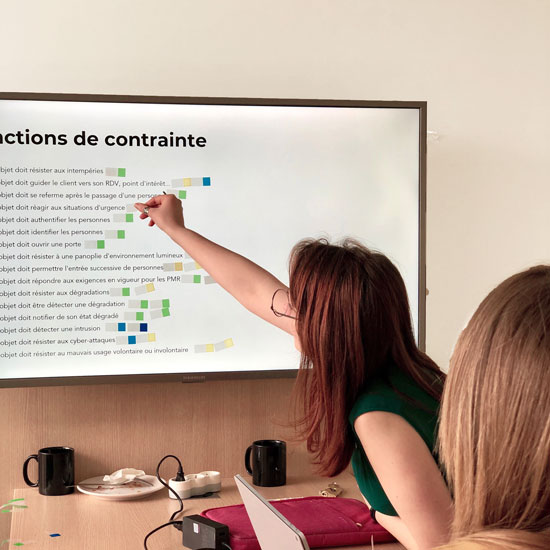
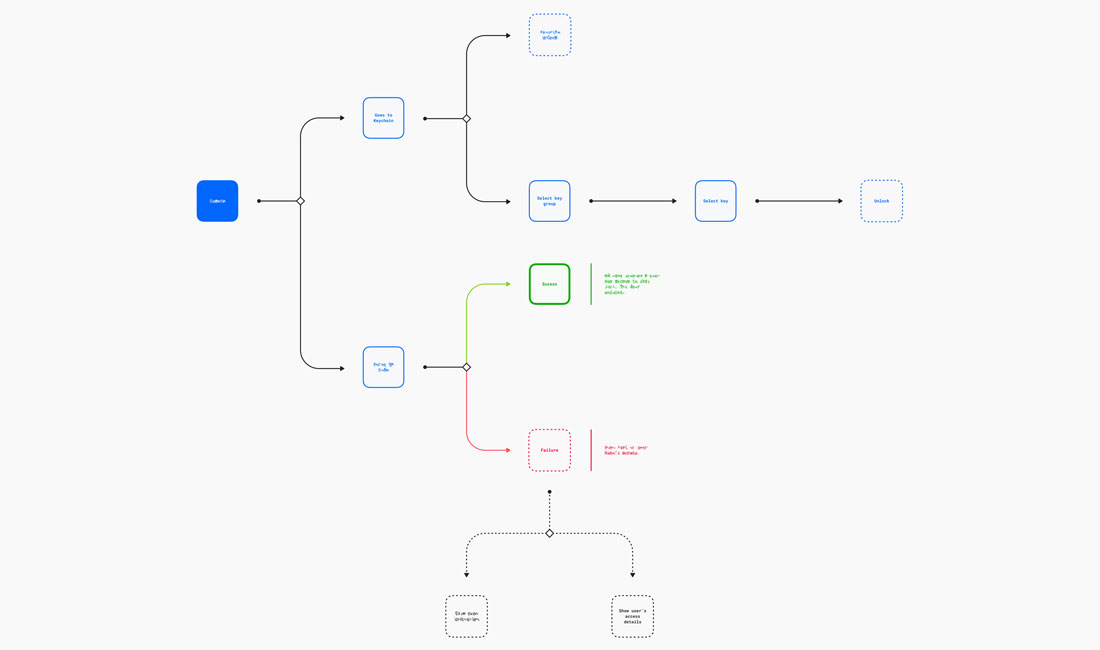
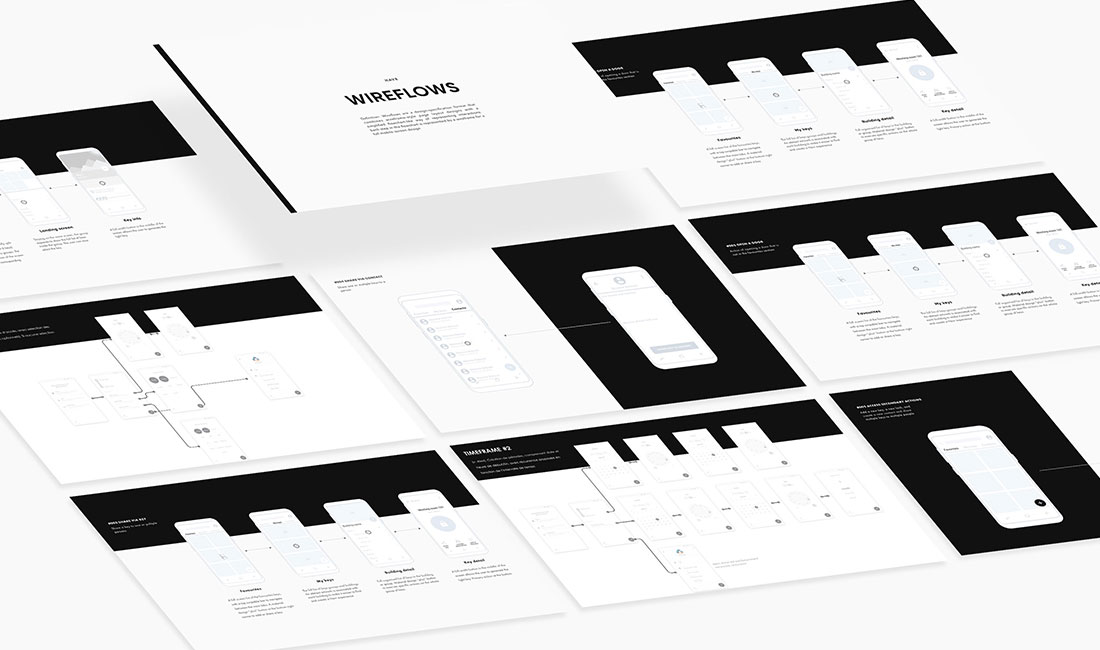
Prototyping
After iterating on wireflows and wireframes, we started proper prototyping. We went from testing pretty rough concepts at the office to building high fidelity prototypes in Origami. Here are some of them.
The organised but slow way
This how our app worked at the beginning. We were the first to introduce building groups and subgroups (floors for example) in the app as a way to better organise your keychain. It makes it easy to find a key even if you have 100s of them. Here we have clarity at the expense of speed, and the flow is quite long for a day to day use.
The incremental improvement
We realized that even someone who's managing 100s' of keys would only use about 6 of them daily. So we kept the same organisation, and introduced favorites. An easy and familiar way to access some keys way faster than others.
The disruptive innovation
We called it L.I.S.A. It's faster, it's easier, and it's more reliable. Whether you have 1 or 1000's of keys, it take the same time to open the door because you don't even have fo find you key anymore. We use the camera to do the hard work.
Hundreds of people had signed up to pre-order our product, so it was the perfect opportunity to get some testing done! We invited some of them for a user test session in Paris. There they would try our product and all our competitors for the first time, and then fill in a bunch of forms. This allowed us to precisely understand how we performed compared to our competitors. The beauty of group testing is that our tester naturally interacted with each other, providing plenty of interesting feedback.

During my last trip in China to visit our hardware prototyping partners, I was amazed at how everyone is using a single app (WeChat) to do so many things efficiently: adding contacts, paying anything from KFC to the street vendor, taking the metro... all of this using QR codes!
What if we could do the same for keys?
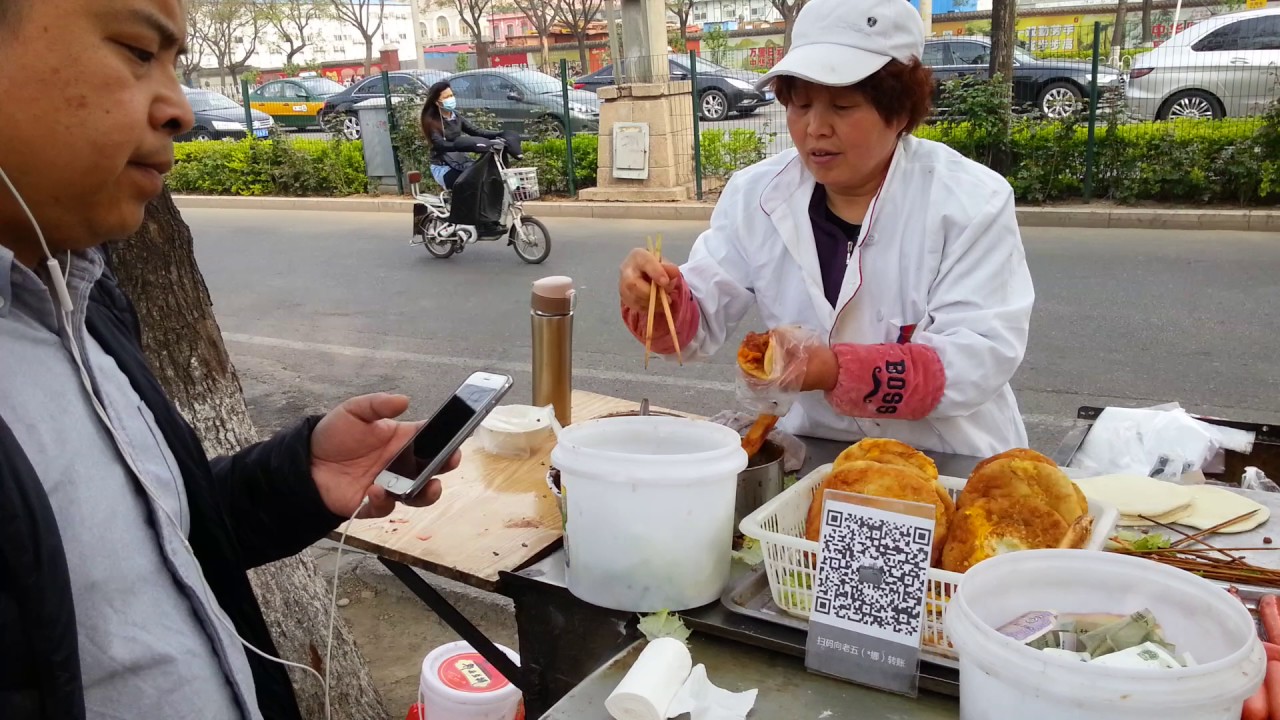
That's how L.I.S.A (LIght Speed Activation) was born. Thanks to a crazy small sticker (before having a proper integration on our hardware), the camera automatically detects which lock you're standing in front of, and flashes the right code.
There isn't even one button to tap. Just open the app and enter.
Not only this is faster, but this is much easier and reliable. Using the camera naturally helps the user in pointing the phone in the right direction. By using the QR code, we can also guide the user, telling him if he is too close or too far from the door.
The fail rate dropped by 80%.

The same way an Airbnb listing has different sections, our key detail is made of blocks. Based on our test results, user feedback and data we collected, we were able to iterate on the sections content, relative position and size of some components. This allowed us to have a way better information architecture. The right content at the right moment.

Some managers need a way to control accesses at scale, and that's why we built Havr's dashboard. The can visually monitor the locks' status, metrics, get live activity, and manage users. We took advantage of the screen size to add innovative features that our users love, like the possibility to visualize all the locks on a building map or blueprint.
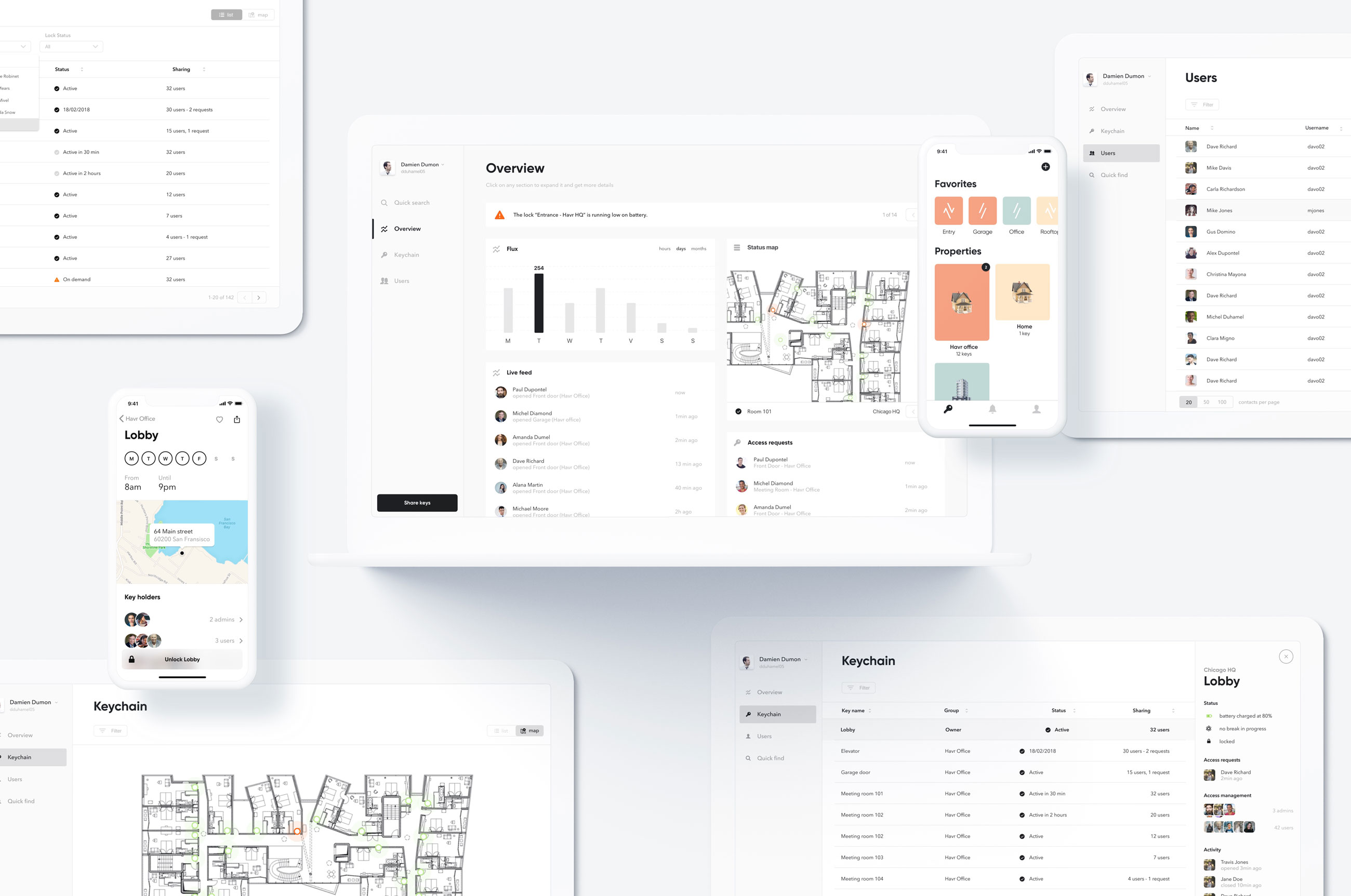
Right from the start, I knew we were going to build several digital products. A design system would be essential to ensure consistency, quality, and speed for both design and tech teams. Our solution started small with just a few components and gradually grew into a more mature Atomic design system in Figma that can handle all of our needs. The design system is used across all our products: iOS and Android apps, Web platform, and websites.
Havr raised +2.5M€ to pursue its aims and enable tomorrow’s home services. BrightLock won an Innovation Award at 2019’s CES, is already in use or being evaluated by more than 20 blue-chip organisations, and to date we have sold more than 4 000 units.
Now specifically on the Design side :
• Door entry time dropped by 70% and fail rate by 80%
• our Design System allows us to design and code consistent products even faster
• Design now has a large influence on the company : the management sees Havr as a design-led company, and starting January, I will manage Havr's whole product line.